The Royal Navy is preparing to bring back sail training for young officers by chartering a tall ship to teach seamanship, navigation, and teamwork, the service stated.
Trials have already taken place aboard the square-rigged Pelican of London, which carried trainees through the Irish Sea and Bristol Channel with stops in Liverpool, Dublin, and Belfast. Lieutenant Commander David Carter, the Royal Navy’s liaison officer with the Merchant Navy, said the vessel had proven a “fabulous ship for instilling Royal Navy ethos and concentrating on training value” with capacity for up to 32 trainees and four instructors.
According to the Navy, the initiative is aimed at warfare officers waiting to begin formal courses, with sailing offering practical instruction and a morale boost at a time when training slots on modern warships are limited. “It’s also a morale lifter, a truly fabulous experience for many starting at sea,” Carter added.
During one trial, junior officers and Royal Fleet Auxiliary cadets crewed the vessel through a Force 8 gale before bringing her into Dartmouth. The Pelican’s master, Captain Roy Love, said the ship’s stripped-back approach provided vital foundations: “The modern Navy is very technical – we are not. There are few electronics. We are here to teach the basics of seamanship, what it’s like to live and work at sea, how to work together.”
For many, the voyage was their first real exposure to life at sea. Sub Lieutenant Isaac Robinson described it as “an experience of real life at sea – a great starting block, learning the basics, getting into the rhythm. It’s harking back to what our ancestors did and the origins of the Navy.” RFA Cadet Adam Dennis added: “I certainly jumped in at the deep end, picked things up on board quickly. I would absolutely recommend it.”
Others highlighted the training value for future command responsibilities. Sub Lieutenant Joel Crownshaw noted that Pelican’s slower pace allowed “a calm environment in which to consider situations and make measured decisions, building up confidence before you move on to larger and faster vessels.” He also pointed to the benefits of working closely with ratings, which he described as “incredibly beneficial in setting us up for future responsibilities.”
Sub Lieutenant Hilton Forsyth said one of the most valuable elements was hands-on navigation instruction with merchant sailors: “His teaching style is memorable and was of great benefit.”
The Royal Navy now hopes to charter a similar vessel for nine months in 2026, with hundreds of trainees expected to gain experience under sail.


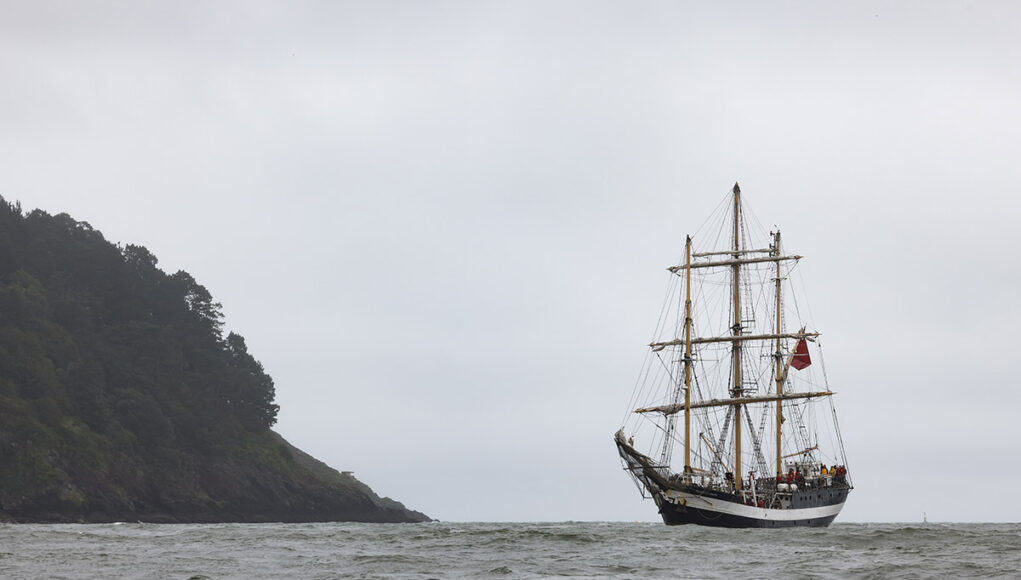

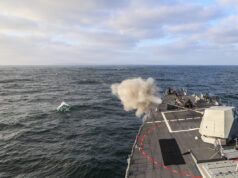
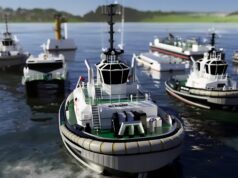
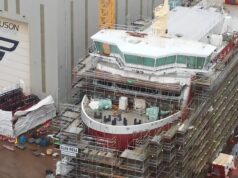
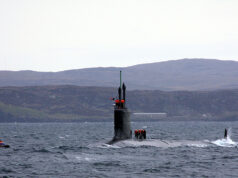
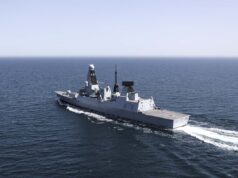


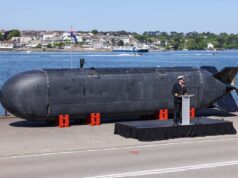
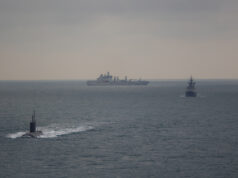

I Knew It.
You can’t tell me they spent all that money doing up HMS Victory for no reason.
“Avast behind”.
Typical HMG, under-arming Victory. She doesn’t even have VLS cells!
I thought this might be a new destroyer design but…?
There are two sides to this
– learning to work non digital is good
– RN is short of training spots, as so much is in refit or withdrawn, so this prevents people walking from boredom.
I hope the RN builds on this. Many years ago I asked someone who knew, why the RN didn’t have a Tall Ship.
The answer those 45 or so years ago was that Tall ships didn’t provide as good a teaching role as much smaller yachts of about 40′. Until some time ago all three services had yachts for trainee officers and other ranks. My guess is we dropped them because of some fear that they gave the idea to those who were jealous or chippy, that the services were just there to give people a good time. I think they were very wrong.
I’m glad the RN is giving a Tall Ship trial a try.
I am not ex RN but have a keen interest in this plan. I have connections with the Liverpool built ship Tinto 1852, honoured in the German Training Ship, Georg Foch.
Even Russia has a tall training ship. Hope this works out.
Lets get behind it if we can. I do think we should have Best in Class though not larger than can access many harbours round the UK. 300t?
I recall when on board a sailing yacht with an experienced fellow crew member, he told me that the two most useless things on board a sailing yacht were an umbrella and a retired RN officer. …..
ha ! 😂
How does it all work in practice? Do the ratings climb the rigging, take turns in the crows nest, etc., etc? Do they learn to navigate using sextants, live off hard tack?
It’s all fascinating!
As a teenager I spent 2 weeks on the orginal TS Royalist. We went from Ramsgate across to Holland.
It was one of the best experiences a teenager can have. I learnt so much about team work and sailing skills. Great memories.
Having experienced being at sea on a Tall (TS Royalist) ship prior to joining the Andrew in 78. I only hope that today’s young recruits get enough out of it as I did. Out on the yards 50’ above the sea only just hooked on setting sails. An unforgettable and character building experience that I will always cherish.
“Touching Cloth” moment ?
This is not the first Tall Ship the RN has chartered. About three or four years ago they chartered the Tenacious from the Jubilee Trust, a ship originally designed to take disabled people to sea and be able to actively participate in crewing a Tall Ship. I met Mrs CR on Lord Nelson the first such ship built for the Trust and she also sailed on Tenacious as well.
By all accounts the RN liked the results and this seems to confirm that. I can speak from experience that working on a tall ship is fun and definitely teaches you about team working and how to react to orders quickly and safely. Even the relatively small tall ships we are talking about need to be treated with a lot of respect or things can go badly wrong quickly. Handling the sails and maneuvering these ship require a lot of team work if successfully achieved are a fantastic achievement. Square riggers are really tough to change course in…
These young officers will enjoy the experience I am sure and they will learn the value and need of teamwork.
Lucky so and so’s
Cheers CR
Will the lads be singing sea shanties as well. Why hey Blow the Man Down.
I’m hugely in favour of this, important we don’t lose of heritage as a fleet of sail, and yes it is also a fantastic experience that helps instill further our qualities of professionalism, discipline, and teamwork.
Maybe because of the lack of ships in the RN at the moment they are thinking of putting HMS Victory back to sea 😁